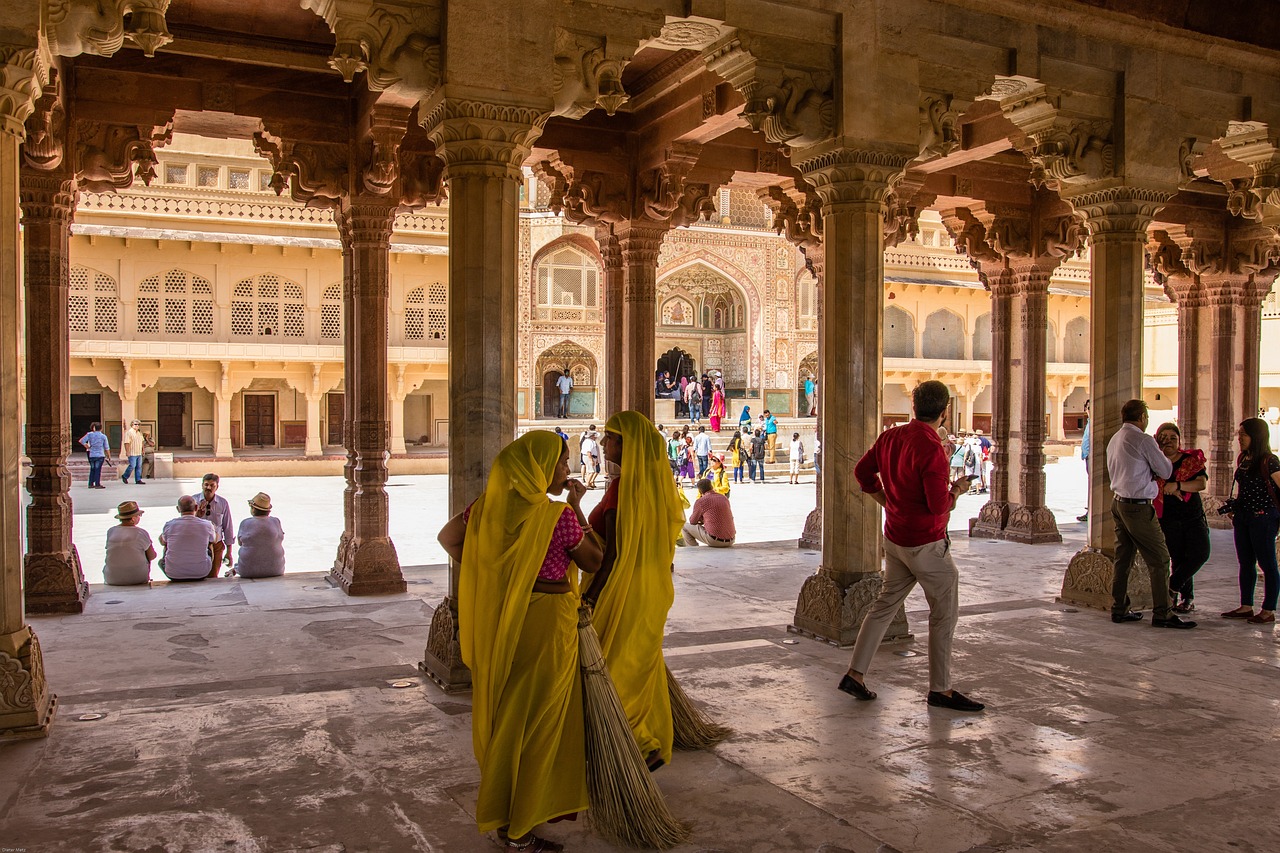Planning a family trip to religious places in India can be exciting and meaningful. Creating a family budget is essential to ensure your journey is enjoyable and financially manageable. Here's a simple guide to help you make a budget for your religious vacation:
1. Determine Your Destination
Start by deciding which religious places you want to visit. Research the travel requirements, accommodation options, and attractions at each destination. Reports reveal a remarkable increase in interest in spiritual travel, particularly in smaller cities across India. Searches for religious destinations have soared by 97% in the past two years. Cities like Ayodhya, Ujjain, and Badrinath have seen a significant spike in travel inquiries, indicating a growing curiosity among travellers to explore their spiritual roots. If you have already been to these places, there are still many places to explore. Just go online and google them.
2. Estimate Travel Costs
Calculate the travel expenses, including transportation to and from your destination. Consider factors such as airfare, train tickets, fuel costs if driving, or bus fares. Use online travel websites to estimate these expenses. Book well in advance if possible to get cheaper tickets.
3. Accommodation Expenses
Research accommodation options such as hotels, guesthouses, or religious ashrams near your chosen destinations. Estimate the cost per night and multiply it by the number of nights you plan to stay.
4. Food and Dining Expenses
Plan your meals and estimate food expenses for each day of your trip. Consider dining at local eateries to experience authentic cuisine while saving money. Allocate a daily budget for meals and snacks.
5. Entrance Fees and Donations
Many religious sites in India require entrance fees or suggest donations for maintenance. Research the entrance fees for each place you plan to visit and include them in your budget. Additionally, budget for any offerings or donations you wish to make at temples or religious sites.
6. Transportation Within Destinations
Allocate funds for local transportation within your destination city. This may include taxi fares, auto-rickshaw rides, or hiring a guide for sightseeing. Research transportation options and estimate the costs accordingly.
7. Shopping and Souvenirs
Keep a budget for shopping and souvenirs. Explore local markets and stalls for unique items such as religious artifacts, handicrafts, or traditional clothing. Avoid overspending on unnecessary items.
8. Emergency Fund
Include an emergency fund to cover unexpected medical emergencies or unforeseen travel delays. Aim to set aside a portion of your budget as a safety net for emergencies.
9. Miscellaneous Expenses
Consider other miscellaneous expenses such as communication costs (SIM cards, internet access), tips for guides or drivers, and any additional activities or excursions you plan to undertake during your trip.
10. Finalize and Review Your Budget
Once you have estimated all expenses, add them up to calculate your total budget for the trip. Take a relook at your budget to make sure it is in line with your financial resources and travel priorities. Make adjustments as needed to stay within your budget constraints.
11. Track Expenses During Your Trip
Keep track of your expenses during your trip to watch your spending and stay within your budget. Use a notebook or budgeting app to record your expenses daily and compare them to your budgeted amounts.
12. Enjoy Your Religious Journey
Finally, relax and enjoy your spiritual journey with your family. By carefully planning and strictly sticking to your budget, you can experience the beauty of India's religious sites without worrying about financial stress.








